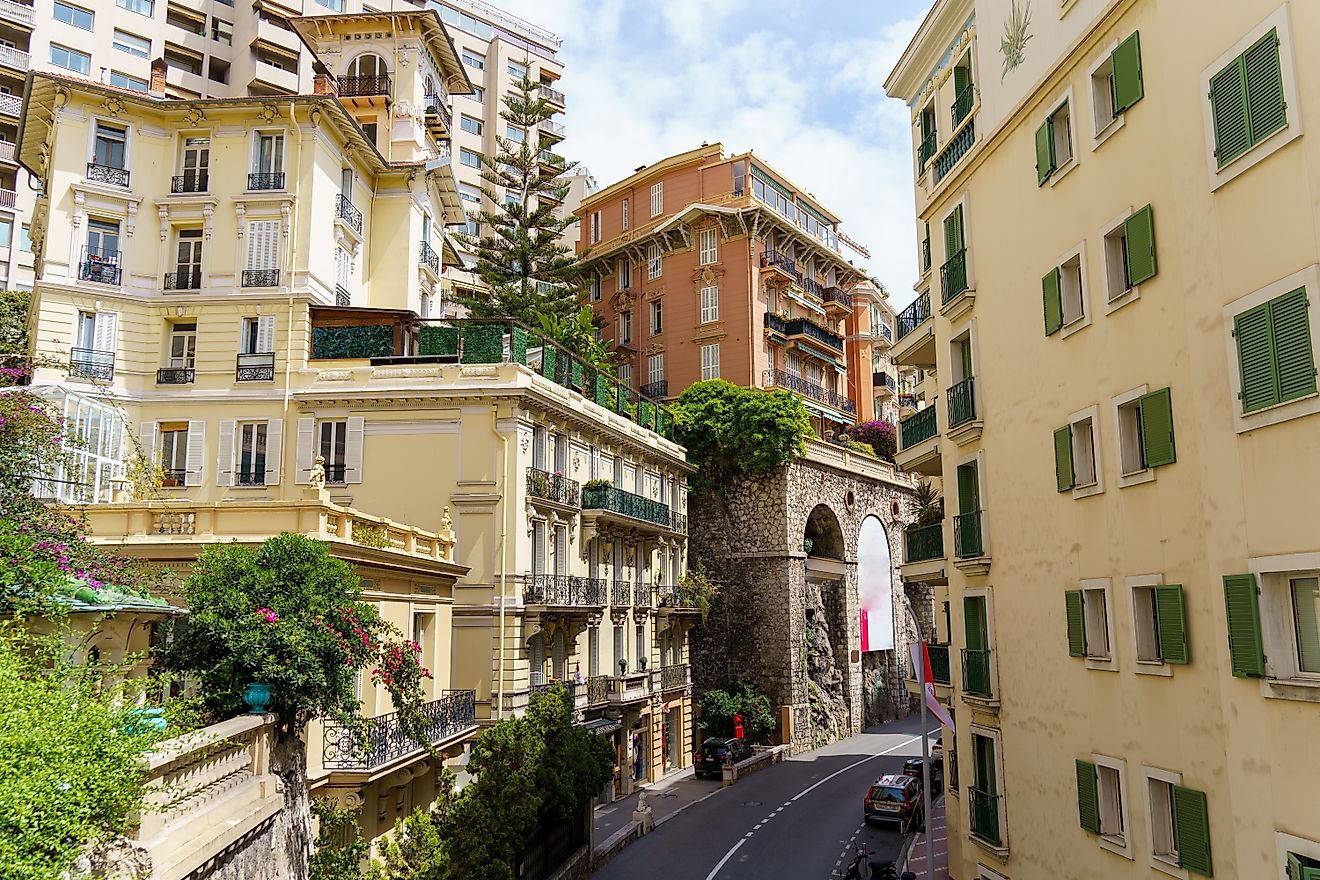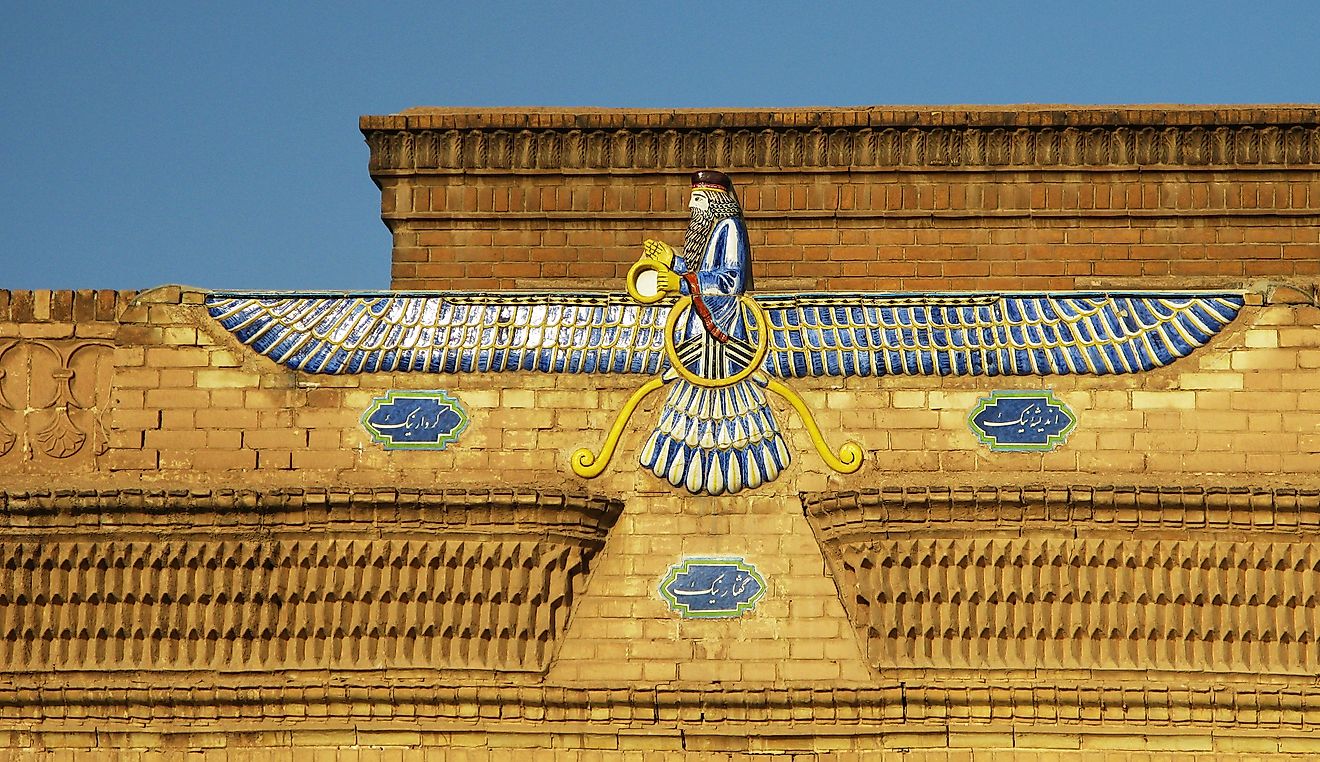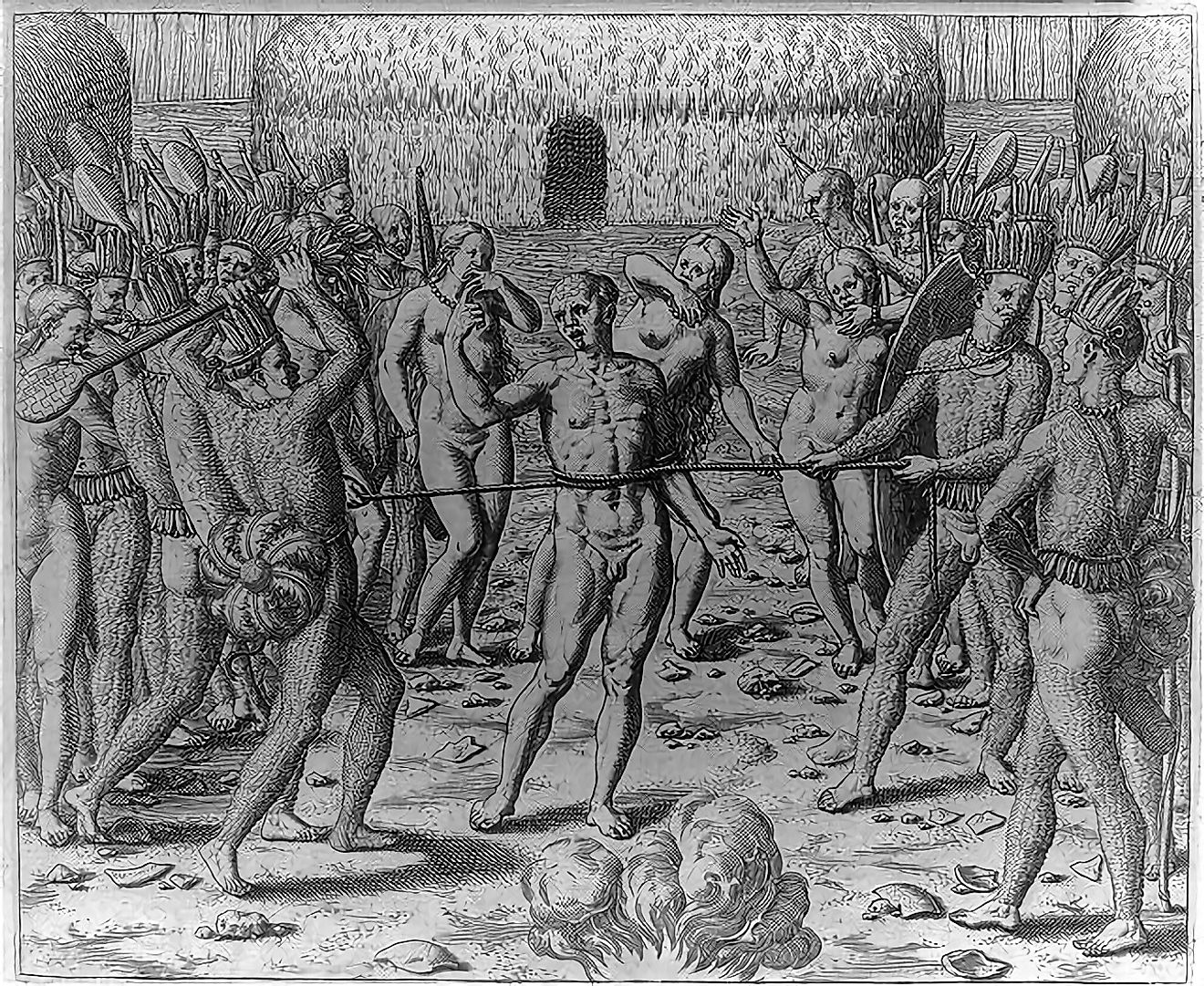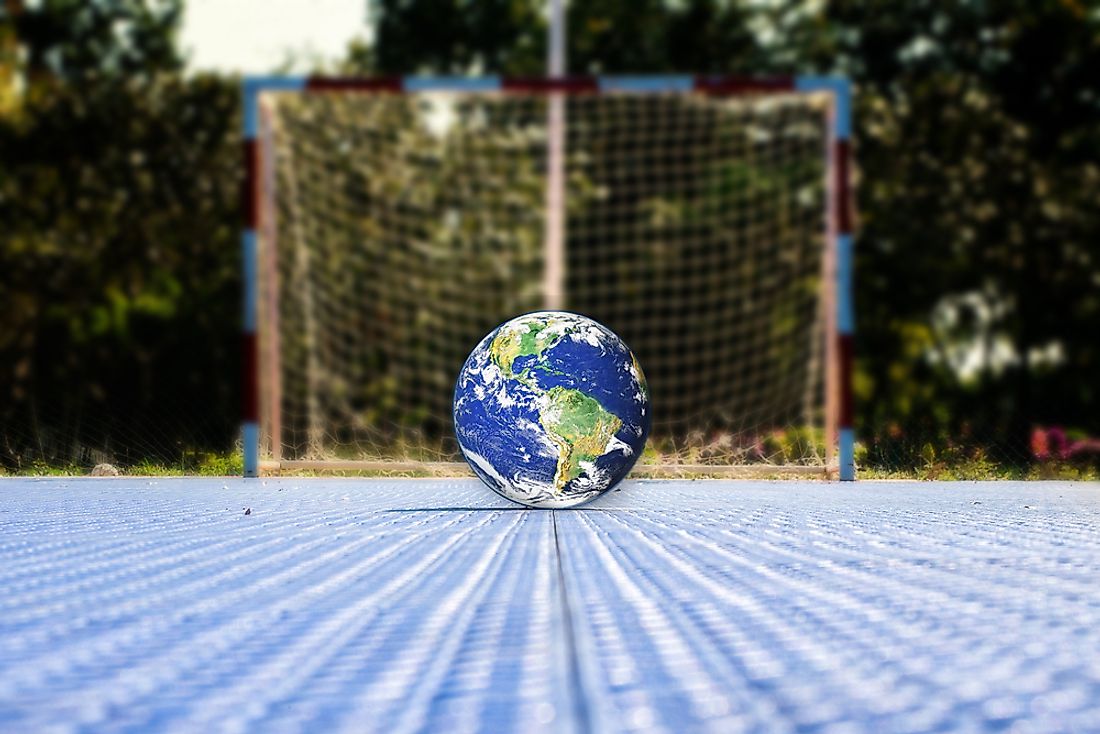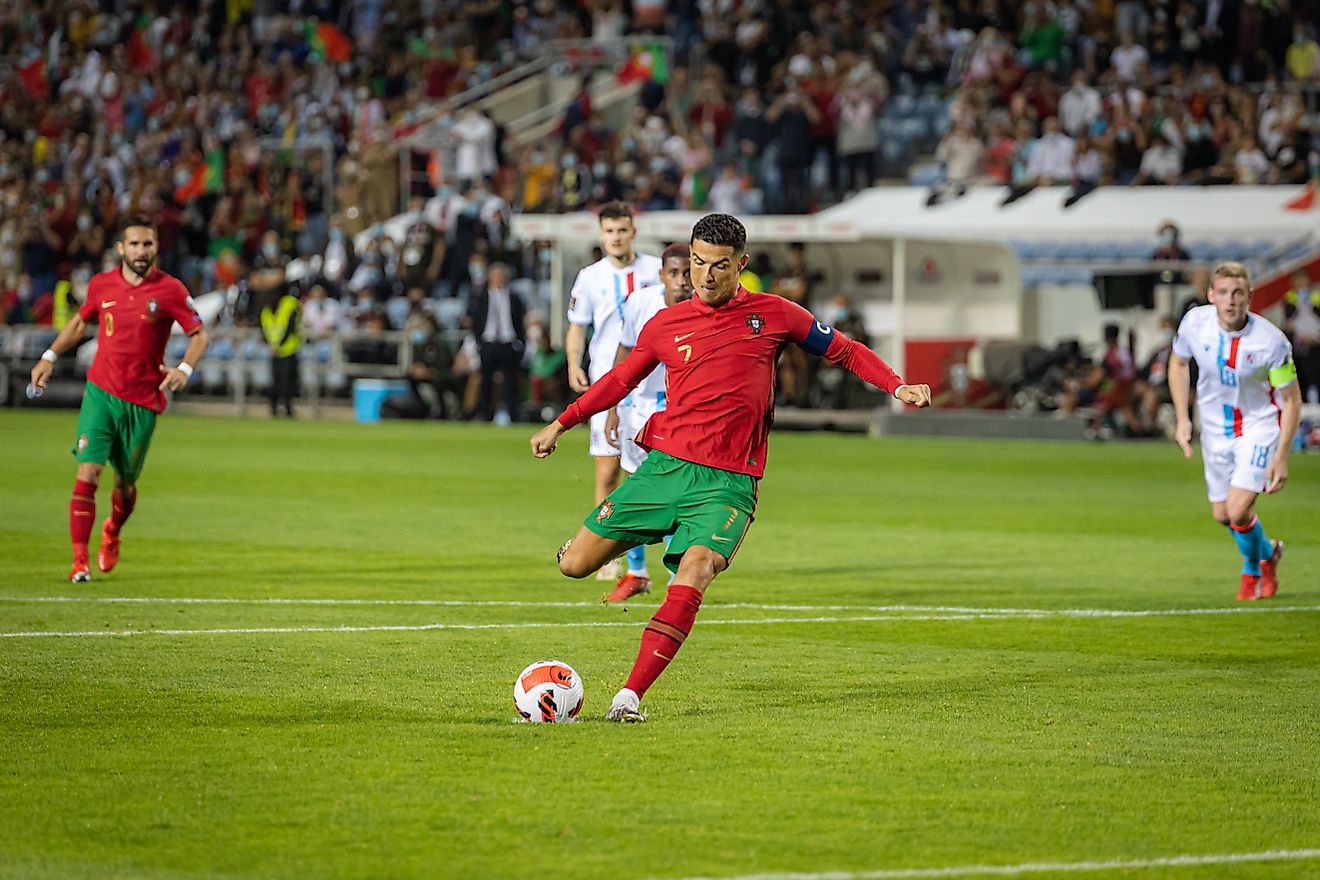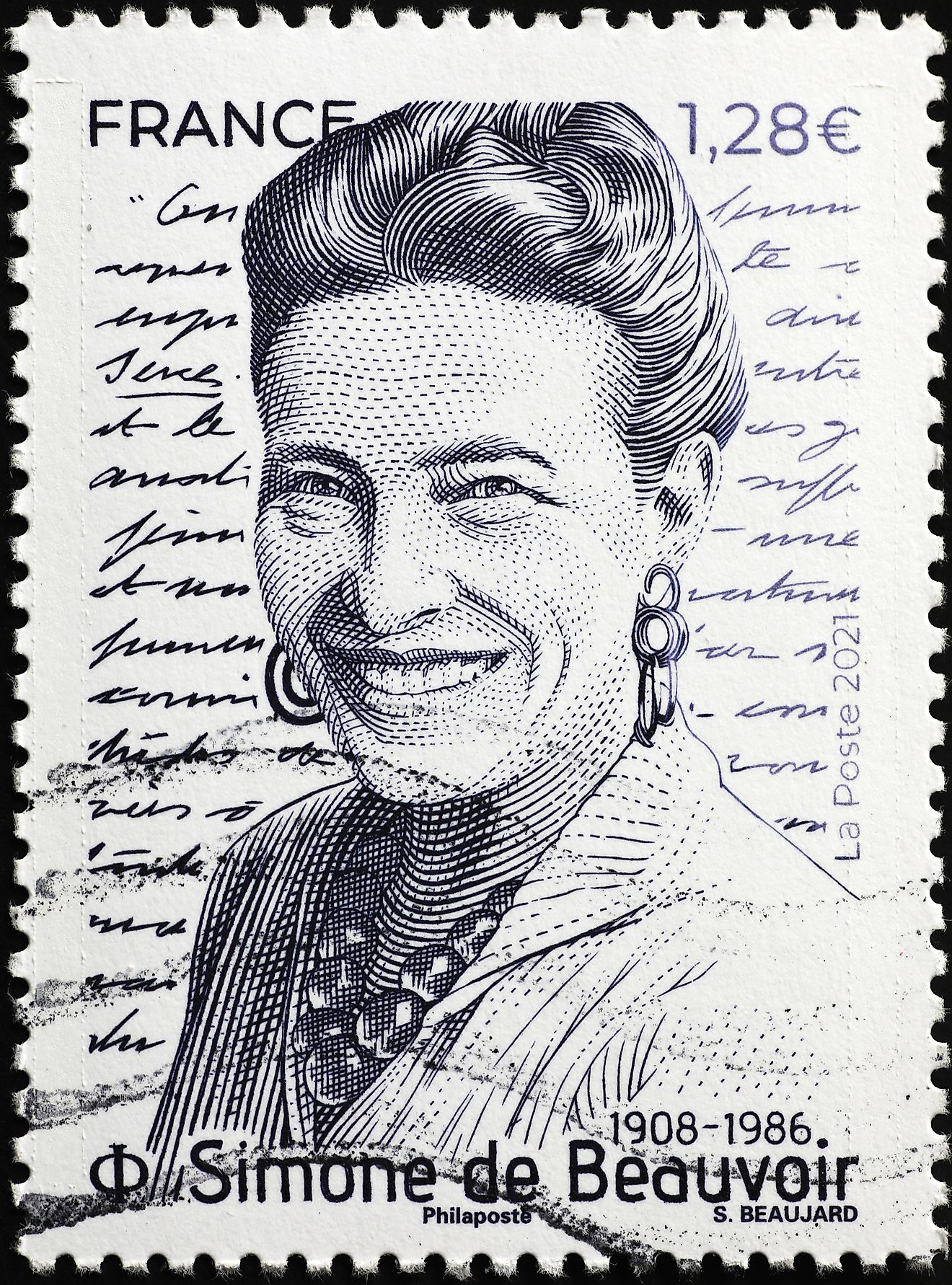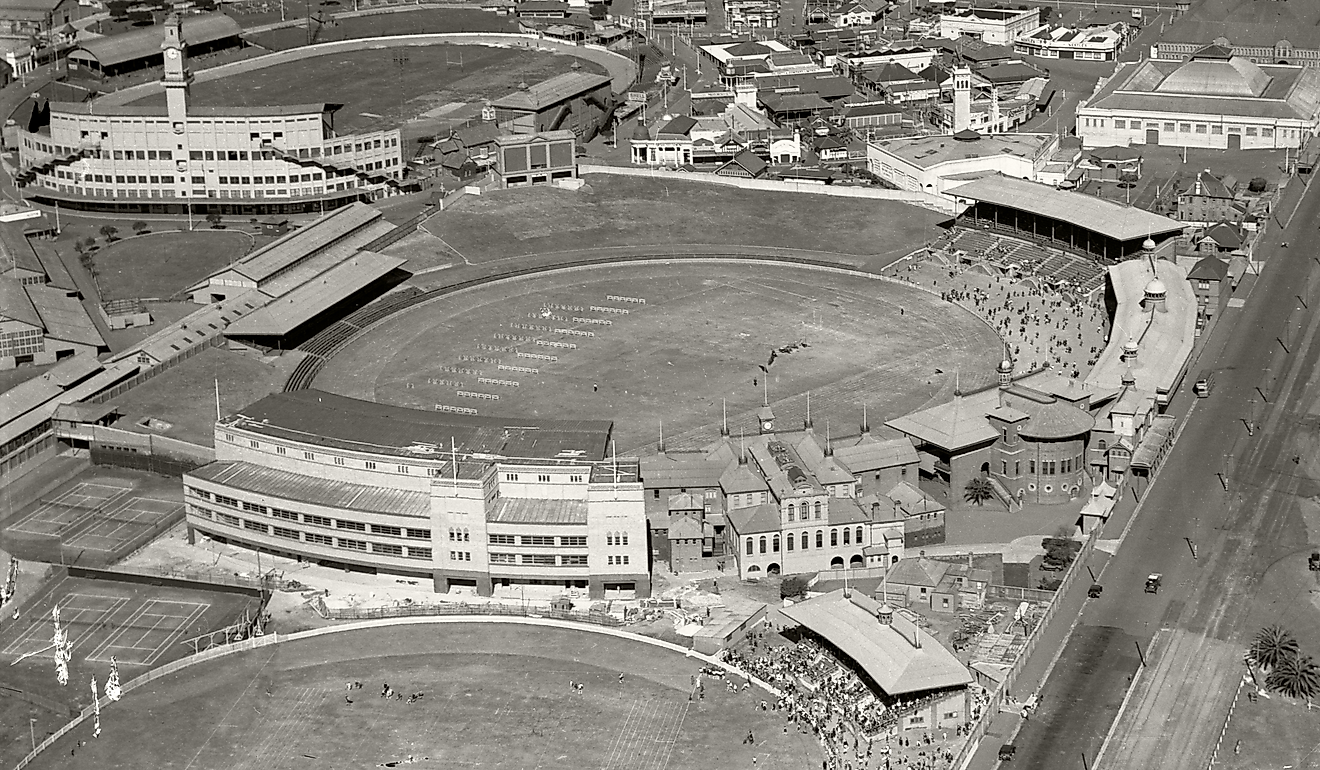
How Long Are the Olympics?
According to the International Olympic Committee’s current regulations, the duration of the Olympic Games should not exceed 16 days. The Paris 2024 Olympics follow this exact guideline, lasting 16 days, starting on July 26th and ending on August 11th, 2024. The upcoming Milan and Cortina d’Ampezzo Olympics will last 16 days, commencing on February 6th and concluding on February 22nd, 2026.
In fact, since 1994, the Summer Olympics have consistently lasted exactly 16 days, with the 1992 games being the last to have a different duration of 15 days. However, In the early 20th century, there was a period in which the Olympics lasted months. Ultimately, the years have shaped the timeline of the Olympics, resulting in the current calendar that exists today.
The Original 1896 Olympics
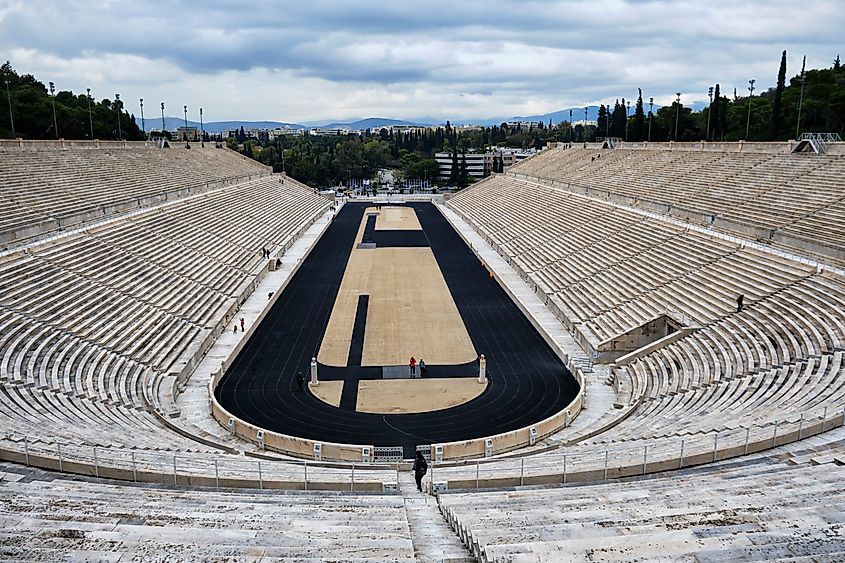
The original 1896 Olympics in Athens were significantly shorter than the length of the Olympics today. The Games lasted nine days, with the opening ceremony on April 6th and the closing ceremony on April 15th. The shorter length could be explained by fewer sports, as there were only nine sports in the first Olympic games, totaling just 43 events. All sporting events took place from April 7th through April 13th, besides two athletic events that took place the same day as the opening ceremony. There were no events on April 14th, marking it as more of a rest day for athletes before the closing ceremony.
The Long And Hectic 1900 Olympics
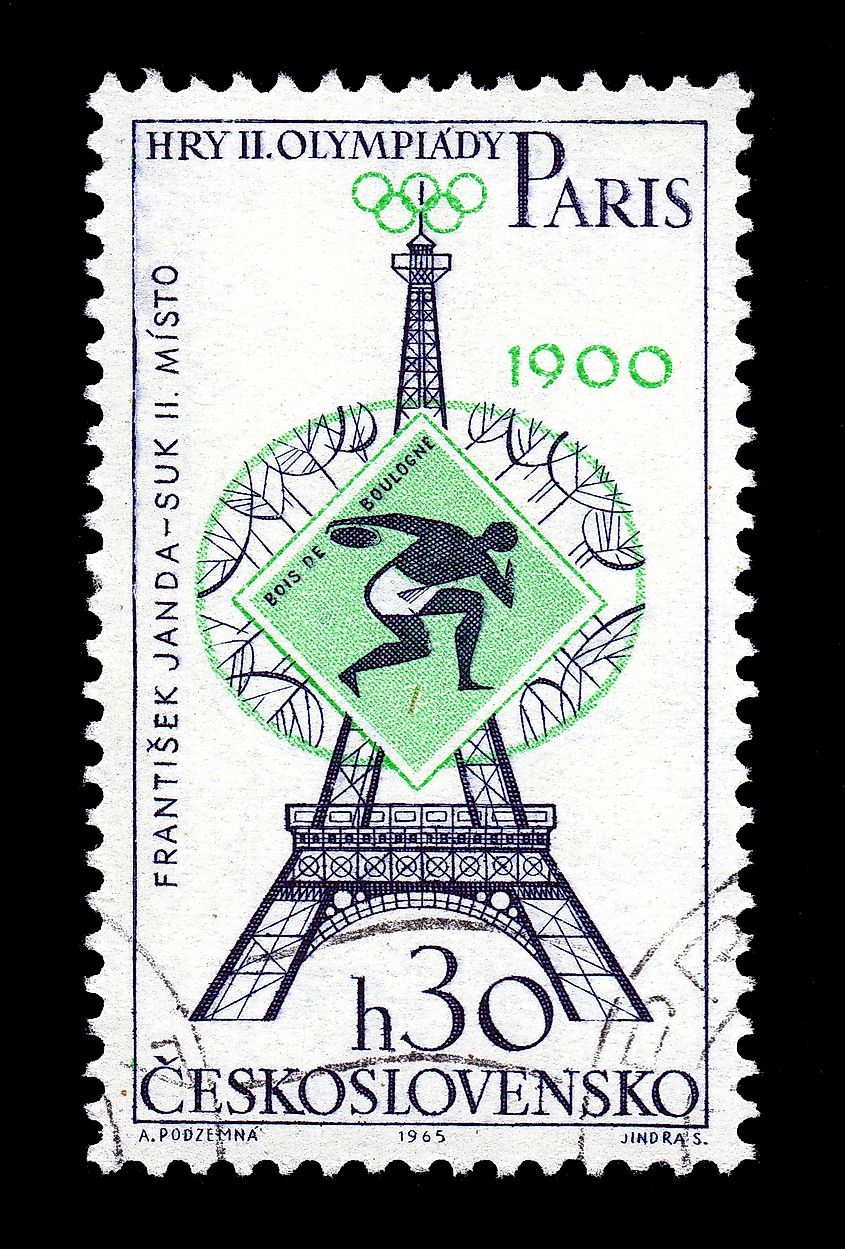
The 1900 Olympic Games in Paris had a rather distinct format, as they were part of the framework for Paris’s International Universal Exhibition instead of standing as an independent event. Because of this situation, they took place over five months, from May 14th to October 28th. There was also no opening or closing ceremony. In fact, many athletes were unaware that they had competed in the Olympics because it was incorporated in the exhibition. They believed they were just participants in the global fair, and, in some sports, only cups or trophies were provided to winners instead of the typical medals.
Continued Chaos In The 1904 and 1908 Olympics
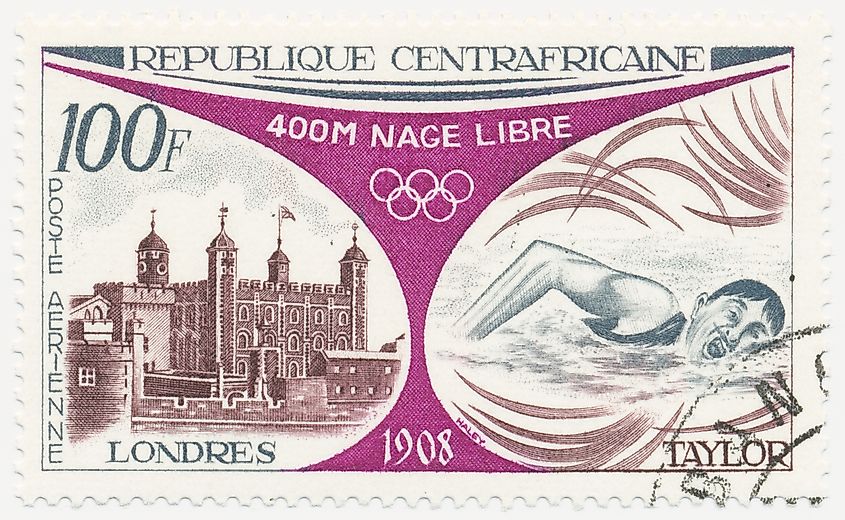
Like the 1900 Olympics, the 1904 Olympics in St. Louis were somewhat chaotic. They lasted four and a half months and blended with events from a Louisiana Purchase Fair celebratory exhibition. By the 1904 Olympics, the number of sports was increasing, featuring 16 sports and 95 events. These games began on July 1st and concluded on November 23rd.
The 1908 London Olympic Games were the longest in history, lasting 187 days. They began on April 27th and concluded on October 31st. The number of sports continued to rise, now featuring 22 sports and 110 events. However, the Olympics in the following years greatly decreased in length, never surpassing a month, marking the end of the months-long Olympic Games.
The Shift In 1912 To Shorter Games
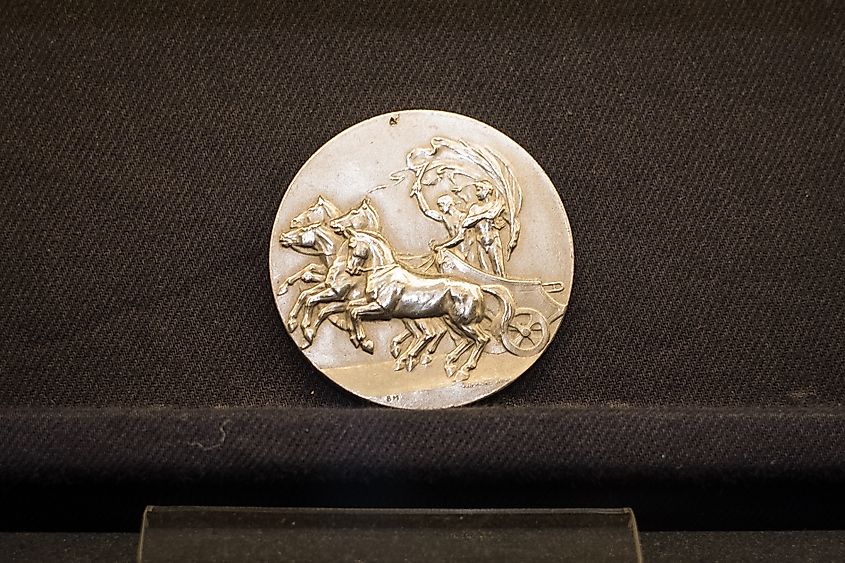
In 1909, at an International Olympic Committee meeting in Berlin, Pierre de Coubertin, the founder of the modern-day Olympics, spoke about the importance of ensuring the execution of the games, keeping them purely athletic, more in line with classic requirements, and less expensive. As a result, there were only 14 sports and 102 events in the following 1912 Stockholm Olympics, a reduction in quantity from the previous 1908 Olympic Games. The 1912 Olympic Games lasted only 16 days, beginning on July 6th and concluding on July 22nd.
The Split Into Winter and Summer Olympics in 1924
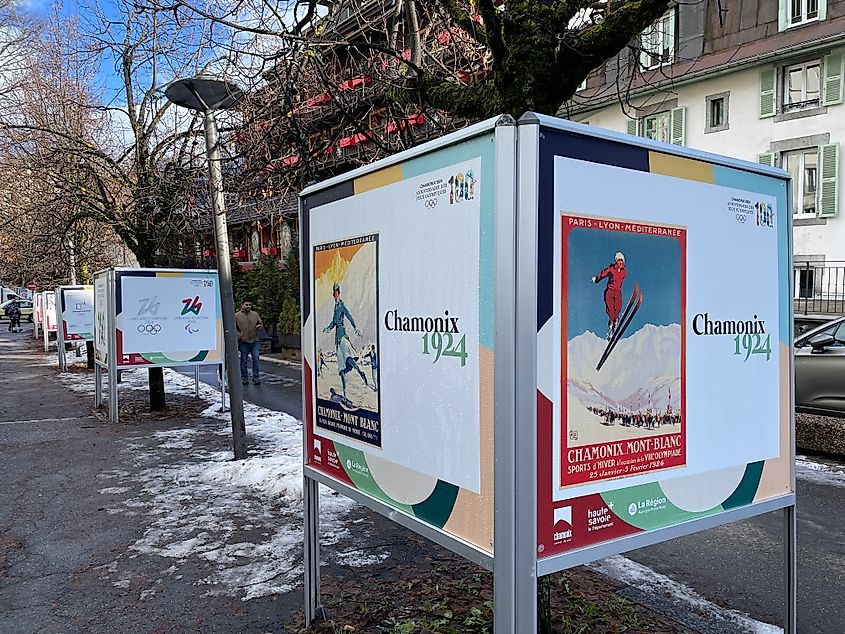
In 1924, the International Olympic Committee split the Olympics into the summer and winter Olympics for the first time, holding the Winter Olympics from January 25th through February 5th in Chamonix, France. During these 11 days, six different winter sports, sixteen events, and sixteen countries participated.
Three months later, the Summer Olympics occurred in Paris, opening on July 5th and closing on July 27th. Notably, these Olympic Games introduced the closing ritual traditions that the Olympics continue to use today, raising three flags: The International Olympic Committee flag, the host country flag, and the country's flag that will host the next Olympics. 44 National Olympic Committees also participated in these Olympic Games, a big jump from the previous 22.
1994 Olympics Through Present
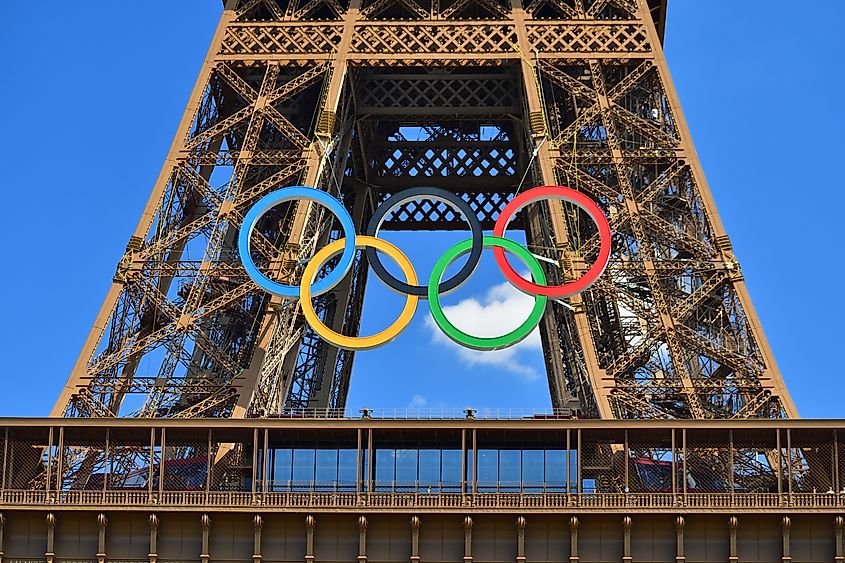
Up until 1992, the Winter Olympics occurred in the same year as the Summer Olympics. Due to the logistical and financial burdens of hosting the Summer and Winter Olympics in the same year, the International Olympic Committee decided to stagger the events, with the Olympics occurring every two years, alternating between the Summer and Winter Games. After reaching this decision, the Winter Olympics grew longer, reaching 15 days in 1994 and 1996 and lasting 16 days in all other winter games until the present. The Summer Games continue to last 16 days as well.
In the early stages of the Olympic Games, there was a lot more inconsistency in dates and sports as the organizers were still establishing the structure and format. However, starting with the Stockholm 1912 Olympics, the dates became more consistent and the sports more clearly defined. The separation of the Olympics into the Summer Olympic Games and Winter Olympics also marked an important chapter in terms of Olympic planning and dates. Although the length of the Olympics has remained relatively consistent since the late 20th century, the question remains whether unforeseen factors might change the duration in the future as our Olympic experiences continue to unfold.

